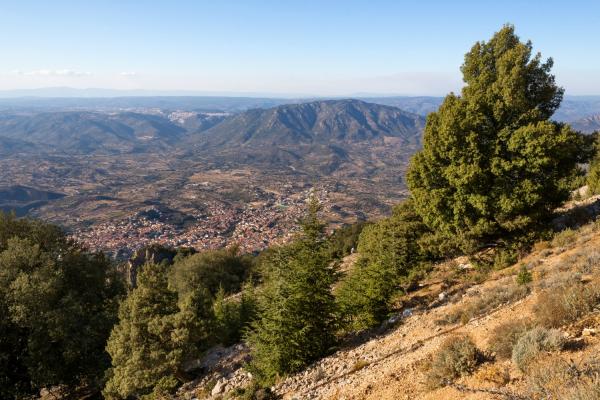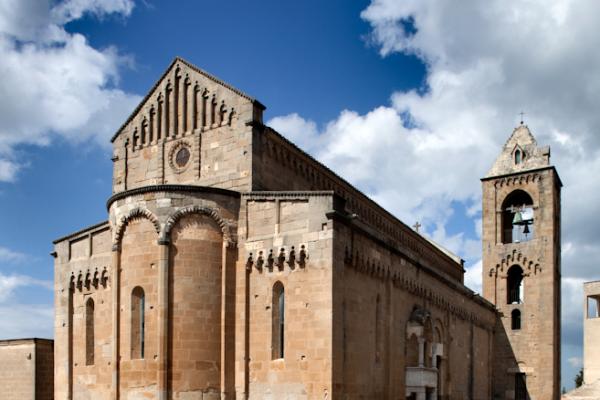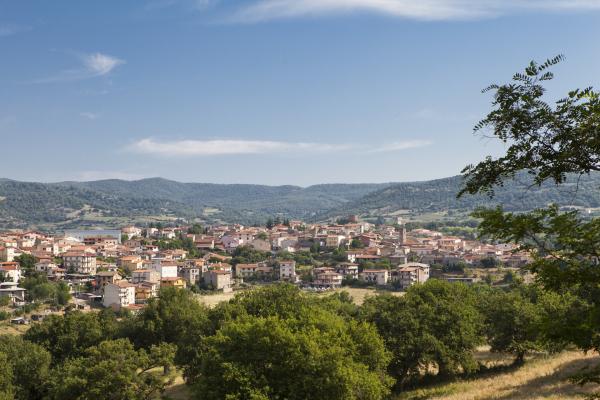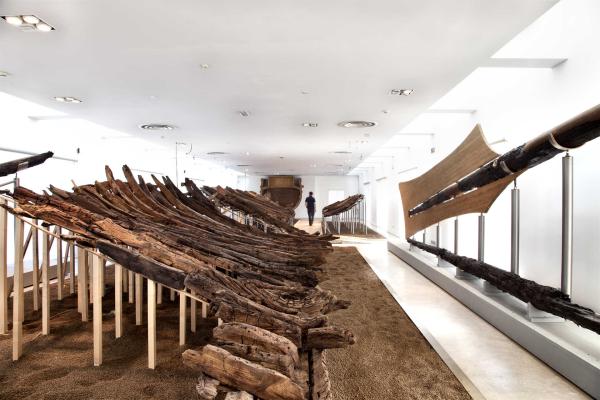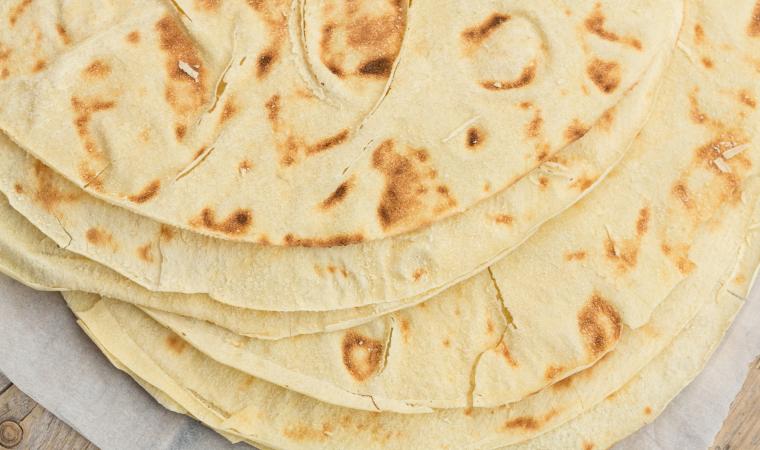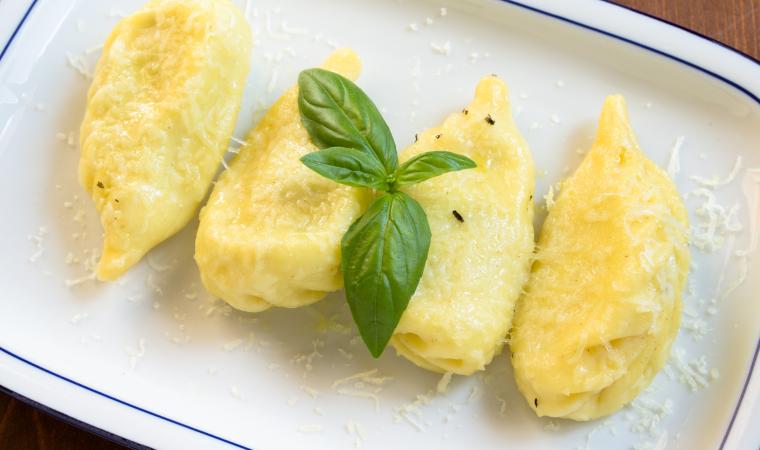
The small drops of dew on the rows of the vineyard, the leaves swaying in the mistral winds, the warmth of the sun on the winery, the granite that presses the grapes, the knowledge handed down from generation to generation, the flavours that evolve in the barrels as time does not pass in vain. This is the Sardinia of wine, at its most authentic. By discovering the Sardinian vines, both the native varieties forming part of an extraordinary ancestral and identifying richness, and the imported varietals that have come to perfectly harmonise with the environment throughout the centuries, you will enjoy a journey exploring the genius loci of a land with traditions that span back through the centuries. Guided by the senses, you will discover the territories through their exceptional wine productions. Such nectars are able to transform tastings into engaging, immersive experiences that generate multisensory emotions and enduring memories. During the winery visits, you will encounter the entire production process, becoming familiar with the identity and quality of the wines, tasting the genuineness and authenticity of the typical products. You will appreciate everything that revolves around it, from walking through the vineyard to wine events, including the Open Cellars in various towns throughout southern Sardinia, the Calici Sotto le Stelle wine festival in Jerzu, within the Ogliastra province, plus new wine festivals, including that of Milis, in the province of Oristano.
The Città del Vino and Strade del Vino associations suggest thematic itineraries to explore the brands bearing the DOC and DOCG wine appellations. The itineraries stretch across the entire island, with each itinerary taking on the name of the wine. Cannonau is Sardinia's most characteristic vine, the production of which can be attested to since the late Middle Ages. Its original and historical territories are Ogliastra and Barbagia. It is cultivated in the rugged peaks of the Trexenta and Gerrei areas, in the rolling hills of the Marmilla and in the undulating expanses of Parteolla, respectively in the middle and lower Campidano. The path on the discovery of full-bodied reds passes from the cellars of Dolianova, Serdiana, Lunamatrona and Sanluri, before heading to the countryside of Sarrabus, Castiadas and Muravera, returning to the origins of the Cannonau, Cardedu, Jerzu and Ulassai in Ogliastra, the ‘land of centenarians’. Then further north, in the Barbagie di Ollolai and Nuoro: in Dorgali, Orgosolo, Mamoiada and Oliena, home of the robust Nepente, glorified by D’Annunzio. Cultivated in the westernmost part of the Barbagie, in Atzara and Sorgono, is the Mandrolisai, which gives its name to the historical region, a wine territory par excellence. Another renowned grape variety, once quite ‘working class’, hails from these and other areas: the bovale, called nieddu mandroni (‘black idleness’) by the old winemakers as a sign of contempt, today it is an oenological star at an international level.
Eighty per cent of the Italian land cultivated with Vermentino is in Sardinia, being the most representative vine of the island together with the Cannonau. Most of the rows of the famous and certified vine stretch throughout the north, from Olbia to Alghero, through Gallura, Monte Acuto, Logudoro, Anglona, Romangia and Nurra. The historical and most famous wineries of DOC and DOCG whites are, in addition those in the two main cities (Olbia and Alghero), also in Arzachena, Berchidda, Luogosanto, Monti, Santa Teresa Gallura, Sorso Sennori, Usini and Olmedo. Other delicious products from northern Sardinia, especially from the Sassarese and Nurra areas, are Cagnulari, Torbato and Moscato. Malvasia is a fine and exquisite wine typical of a small central-western area. There are several versions to savour, from naturally dry or sweet to the rarest dry or sweet fortified wines. The itinerary exploring this area crosses all the towns of Montiferru and the Planargia sub-region, from Cuglieri to Scano Montiferro, from Flussio to Modolo, from Sennariolo to Suni, from Tinnura to Tresnuraghes right through to Bosa, one of the most beautiful villages in Italy, whose coloured houses extend up a hill surmounted by the medieval castle of Serravalle and reflected on the Temo river. A little further south, you can discover another limited production, being that of Vernaccia, an indigenous vine cultivated since the Nuragic age. The most significant wineries producing exquisite wine are in Oristano, Cabras, Solarussa, Milis and Baratili San Pietro. In Oristano, there are also cellars of the agricultural hub par excellence: Arborea.
Sardinia is not only about Cannonau and Vermentino, but also offers other vines that date back thousands of years, today giving rise to high-level productions. The Monica grape variety is the most common red throughout southern Sardinia. The largest production area extends between Cagliari, Iglesias and Oristano. The Denominazione di Origine Controllata (DOC - Denomination of Controlled Origin) distinguishes the Monica produced in Sardinia and Cagliari, the itinerary for which sets out from the capital before winding through the Campidano countryside. Nuragus, a white DOC wine, is also very common. This vino originates from an ancient vine, perhaps native and domesticated or imported by the Phoenicians. The vine is cultivated mainly in Marmilla, Sarcidano, Parteolla, Trexenta and Gerrei. You can taste these two wines along with the dessert wines, Nasco and Moscato, in the cellars of Dolianova, Serdiana, Soleminis, Ussana, Senorbì, Settimo San Pietro and Monserrato. Sulcis signifies Carignano. This vine, imported from Piedmont in the Savoy era, found its ideal habitat in the calcareous and sandy soils of the south-western corner of the island, having perfectly harmonised with the environment. It has gone from an everyday wine to a production with great personality and high quality, from a historically ‘strong’ red to pair with a meal, without having an excessive percentage of alcohol. The route on its discovery is part of the Iglesiente and winds its way through the peaks of Sulcis, through to the coasts. On the Isola di Sant’Antioco are some of the most famous wineries. The other main ones are those winding along the junction that leads to Giba, through Narcao, Perdaxius and especially Santadi.








